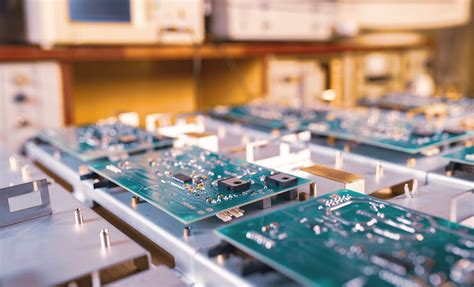
Blog
-
 Read more: What is the Need of Chemical-Free PCB Fabrication & PCB Assembly?
Read more: What is the Need of Chemical-Free PCB Fabrication & PCB Assembly?The Environmental Impact of Traditional PCB Fabrication The conventional PCB fabrication process involves several steps that require the use of various chemicals. These chemicals can have a significant environmental impact if not handled and disposed of properly. Chemical Etching One of the most common methods used in PCB fabrication is […]
-
USB PCB-How To Solve The Problems You Will Face
Posted by
–
 Read more: USB PCB-How To Solve The Problems You Will Face
Read more: USB PCB-How To Solve The Problems You Will FaceIntroduction to USB PCB and Common PCB Problems USB (Universal Serial Bus) is a widely used standard for connecting devices to computers and other electronic systems. USB PCBs (Printed Circuit Boards) are the physical boards that contain the electronic components and circuitry necessary for USB communication. While USB PCBs are […]
-
Can you Custom your own circuit boards?
Posted by
–
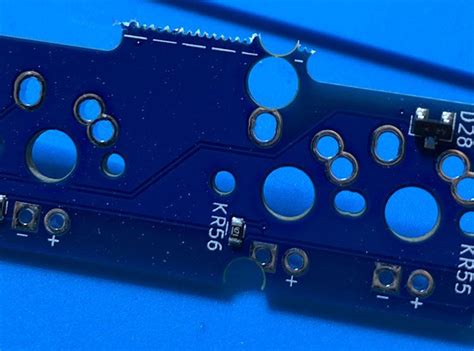 Read more: Can you Custom your own circuit boards?
Read more: Can you Custom your own circuit boards?What is PCB customization? PCB customization refers to the process of designing and manufacturing circuit boards tailored to specific needs and requirements. Unlike standard PCBs, which are mass-produced and have predetermined layouts and features, Custom PCBs are designed from scratch to fit the unique specifications of a particular project or […]
-
Where do you turn to for cheap PCB manufacturing
Posted by
–
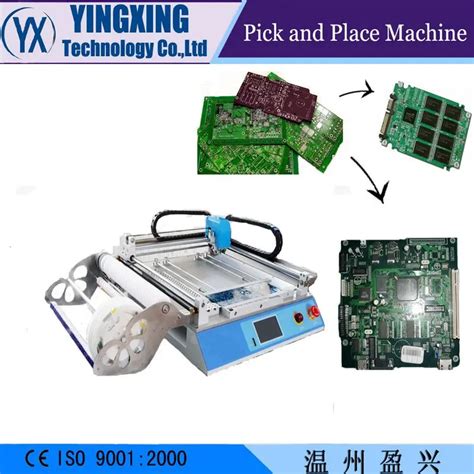 Read more: Where do you turn to for cheap PCB manufacturing
Read more: Where do you turn to for cheap PCB manufacturingIntroduction to PCB Manufacturing Printed Circuit Boards (PCBs) are the backbone of modern electronics. They are used in almost every electronic device, from smartphones and computers to industrial equipment and medical devices. PCBs provide a means to mechanically support and electrically connect electronic components using conductive pathways, tracks, or signal […]
-
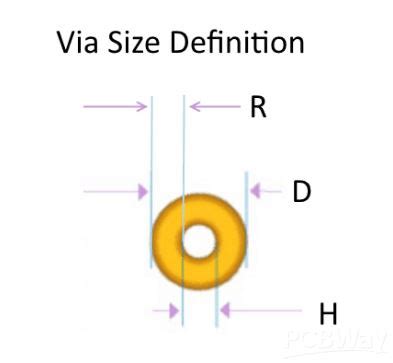 Read more: The Most Comprehensive Guide You Need Most About PCB Annular Ring
Read more: The Most Comprehensive Guide You Need Most About PCB Annular RingWhat is a PCB Annular Ring? A printed circuit board (PCB) annular ring, also known as a pad ring or ring pad, refers to the copper area surrounding a drilled hole on a PCB. The annular ring provides electrical connectivity between the plated through hole (PTH) and the copper trace […]
-
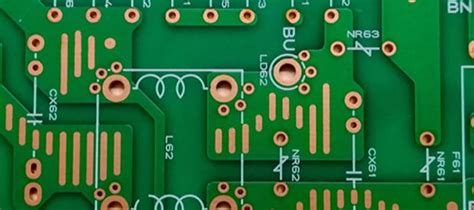 Read more: What is Via in PCB design? Everything you need to know about it!
Read more: What is Via in PCB design? Everything you need to know about it!What is a Via in PCB Design? A via, short for “vertical interconnect access,” is a small hole drilled through a PCB to create an electrical connection between different layers of the board. Vias are typically plated with a conductive material, such as copper, to ensure a reliable electrical connection. […]
-
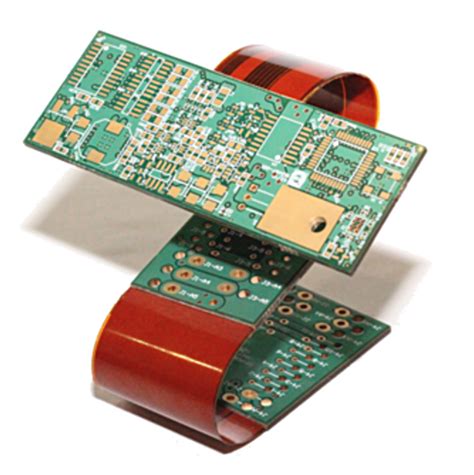 Read more: What makes flexible PCB board the best choice for satellite applications?
Read more: What makes flexible PCB board the best choice for satellite applications?Introduction to Flexible PCBs for Satellites Flexible printed circuit boards, or flex PCBs, have emerged as the go-to choice for many demanding electronics applications that require durability, reliability, and the ability to fit into tight, compact spaces. One of the most challenging yet crucial applications where flex PCBs shine is […]
-
PCB Solution-Useful Tips Guide
Posted by
–
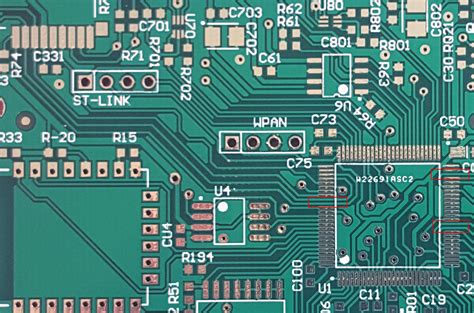 Read more: PCB Solution-Useful Tips Guide
Read more: PCB Solution-Useful Tips GuideWhat is PCB and Why is it Important? PCB stands for Printed Circuit Board. It is a crucial component in modern electronics that mechanically supports and electrically connects electronic components using conductive tracks, pads, and other features etched from one or more sheet layers of copper laminated onto and/or between […]
-
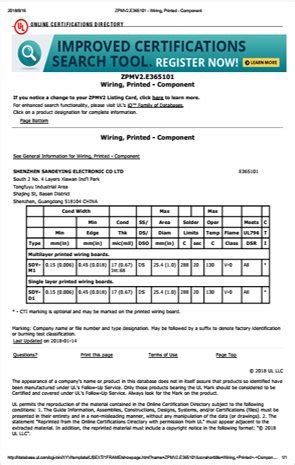 Read more: What PCB certifications should your manufacturing partner have?
Read more: What PCB certifications should your manufacturing partner have?ISO 9001 Certification ISO 9001 is the international standard for quality management systems (QMS). It provides a framework for companies to consistently meet customer and regulatory requirements and continually improve their processes. An ISO 9001 certified PCB manufacturer has demonstrated their ability to provide high-quality products and services. Key requirements […]
-
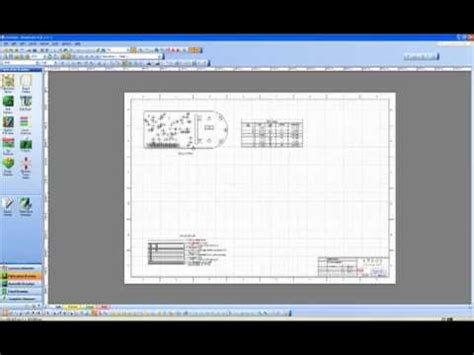 Read more: What should be included in a PCB fabrication drawing?
Read more: What should be included in a PCB fabrication drawing?Key Elements of a PCB fabrication drawing A well-crafted PCB fabrication drawing should include the following elements: Board outline and dimensions Layer stackup information Material specifications Copper weights and trace widths Drill sizes and locations Solder mask and silkscreen requirements Surface finish specifications Mechanical features Fabrication notes and special requirements […]




